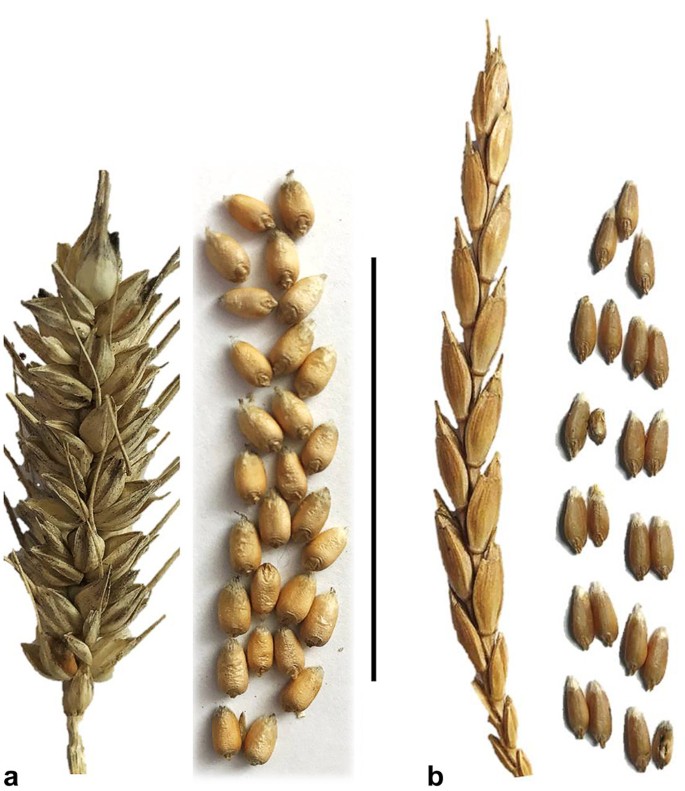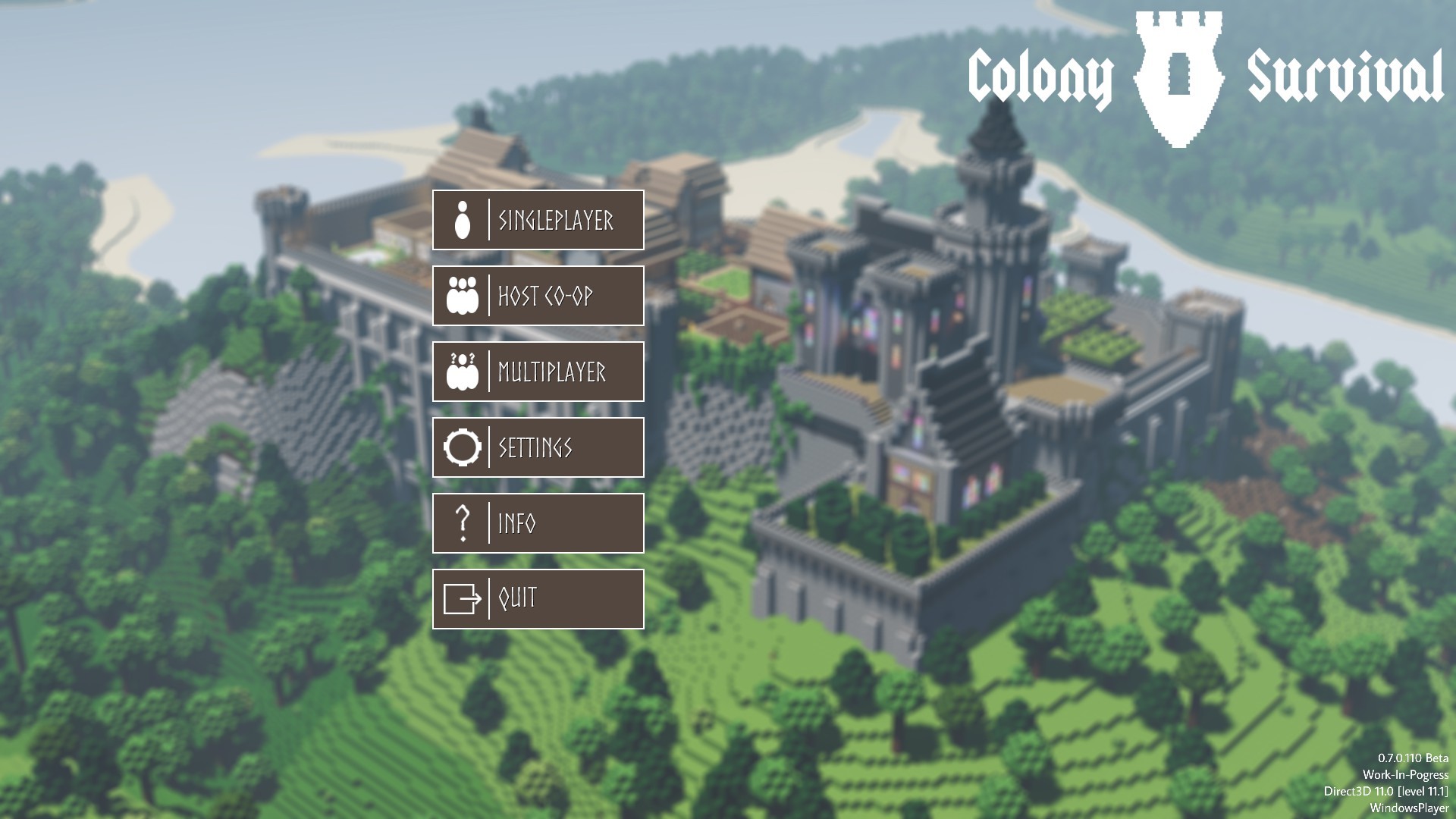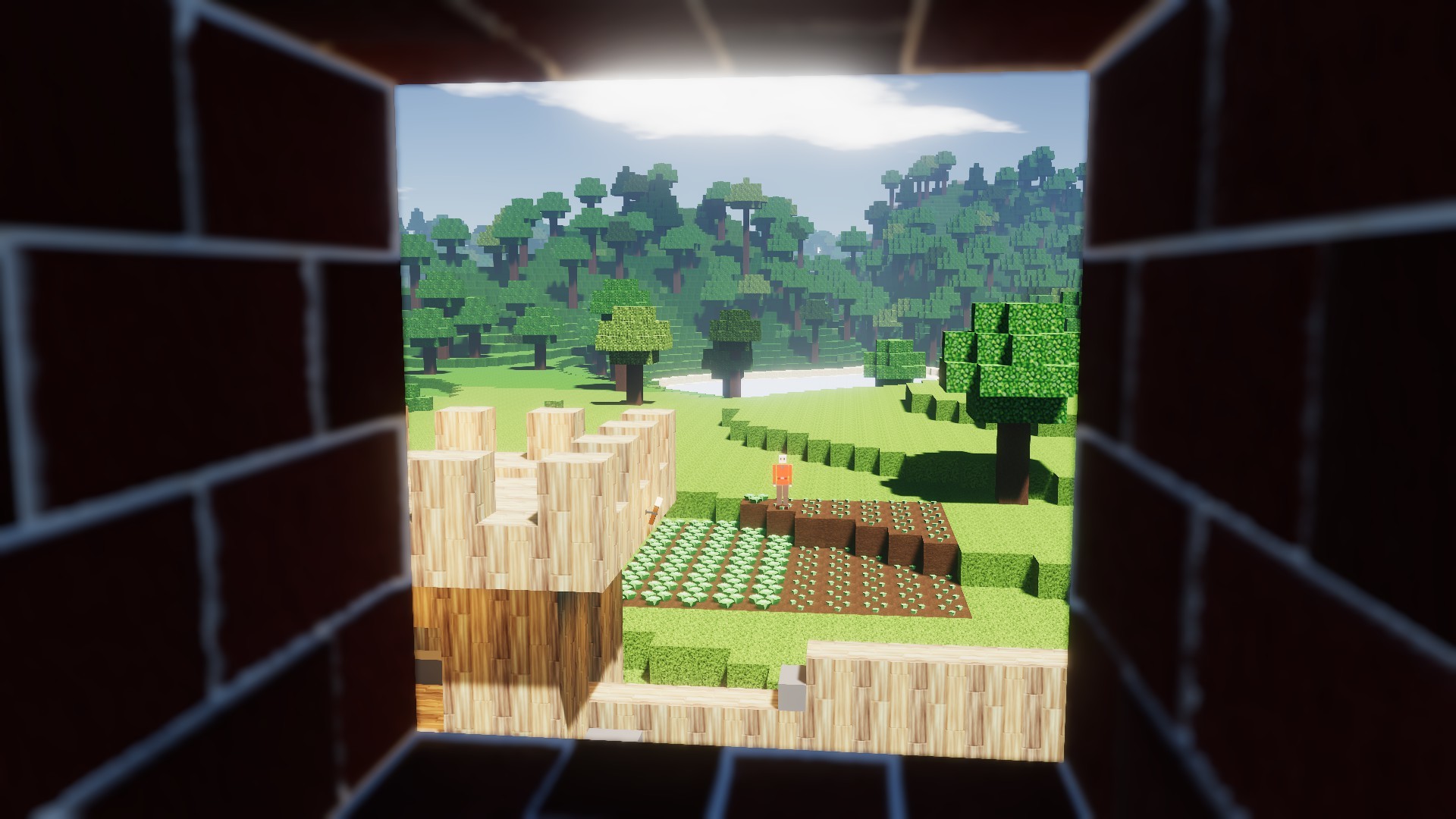



Mushroom Farm: overall an inefficient means of food and manpower compared to the Gather’s Shelter.It has too poor fishing results during spring-autumn to justify the resistance to winter Fishery: catches fewer fish than a Fisherman’s Hut but takes no weather penalty.The food production methods players could disregard include: Some types of food production end up being money- and time-sinks that in the long run will end up hurting the colony. Sheep should be raised mainly for wool, with their mutton being a bonus Ranch: chickens are excellent for both meat and eggs.Orchard: peaches and pears are decent food without other production use.Sunflowers are also an option if the colony isn’t using them to make oil and perfume Crops: carrots, cabbage, pumpkins, and potatoes are excellent food year-round.Apiary: makes honey and, more importantly, wax for candles.Fisherman’s Hut: catches plentiful fish for no cost, or crabs with a fair lumber cost.Hunting Lodge: creates both venison and leather for clothing, along with bonuses when close to dense forests.Gather’s Shelter: collects mushrooms, roots, and strawberries with zero production upkeep.Players should consider building the following structures: Others are mediocre for actual food, but simultaneously create a second product needed by the colony. Some food types are incredibly potent for such little work and other resources are needed for them. Even if their hunger is being satisfied, people can still wind up becoming sick from eating just one or two food sources. For example, it is much more efficient to have four fishermen work together in a well-maintained hut than for each to be alone in separate, poor-quality workspaces.Ĭolonists need a mix of fruits, vegetables, and meat to stay healthy in Patron. In most cases, a single building type should be created and expanded to meet worker demand, and then later, a second building should be constructed. Once food locations are fully built, it becomes time to actually gather, hunt, or grow the goods. However, it may also be a good idea to have multiple backup saves, as seeds planted years ago might not cause major problems until later in the game. Players should not be discouraged from individual colonists dying or long months of famine both will be footnotes in the grand scheme of their settlement's history. Patron is a game designed around colonies growing over centuries or collapsing within the first few years. Related: How to Craft The Iron Cooking Station in Valheim Both Mediterranean and Pineridge maps have lots of land, but things can get dicey in the harsh, cold winters. The Volcano map has the best weather, though, with many islands, it can be harder to have adequate space. It is advised that early players choose one of the “Normal” difficulty maps with lots of fertile soil. Players have a variety of maps to start on, all of them having static layouts which result in no random surprises. With research, policies, and planning, players will gain new methods for easily producing and distributing food.

They will need every advantage to survive. Similar to other colony builders like Going Medieval and Oxygen Not Included, in Patron, players are thrown into a new land with a ragtag group of settlers and minimal support from the larger kingdom. The early phases of Patron can be rather daunting, and it can be difficult to keep a colony fed, healthy, and happy.


 0 kommentar(er)
0 kommentar(er)
